What is mob grazing?
Nuffield scholar and livestock farmer Tom Chapman explains what mob grazing is, how it works, and what benefits the grazing system brings to his farm.
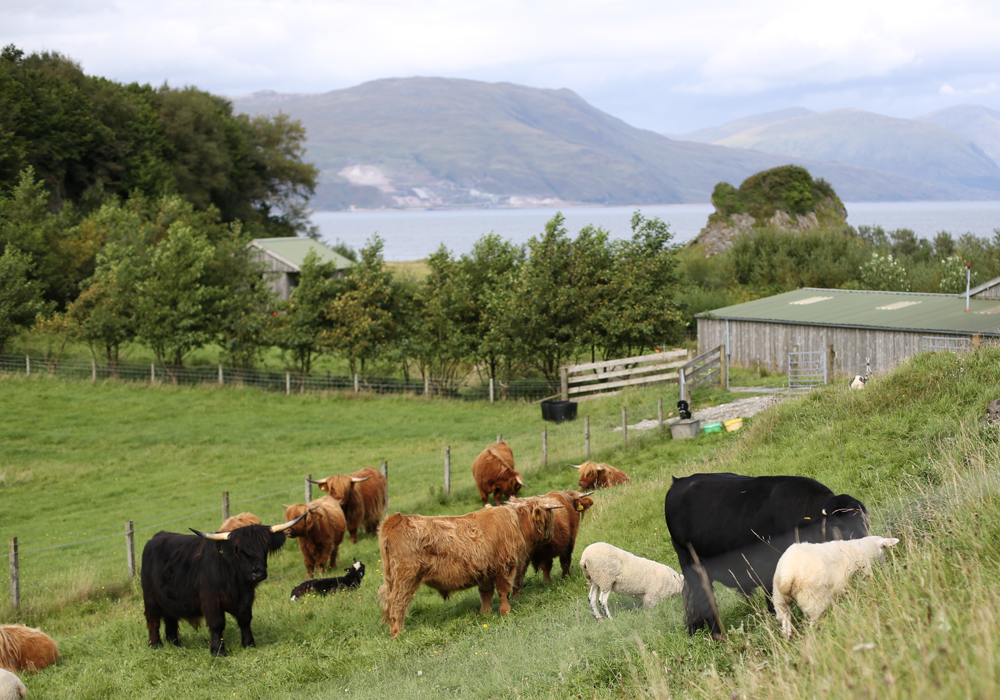
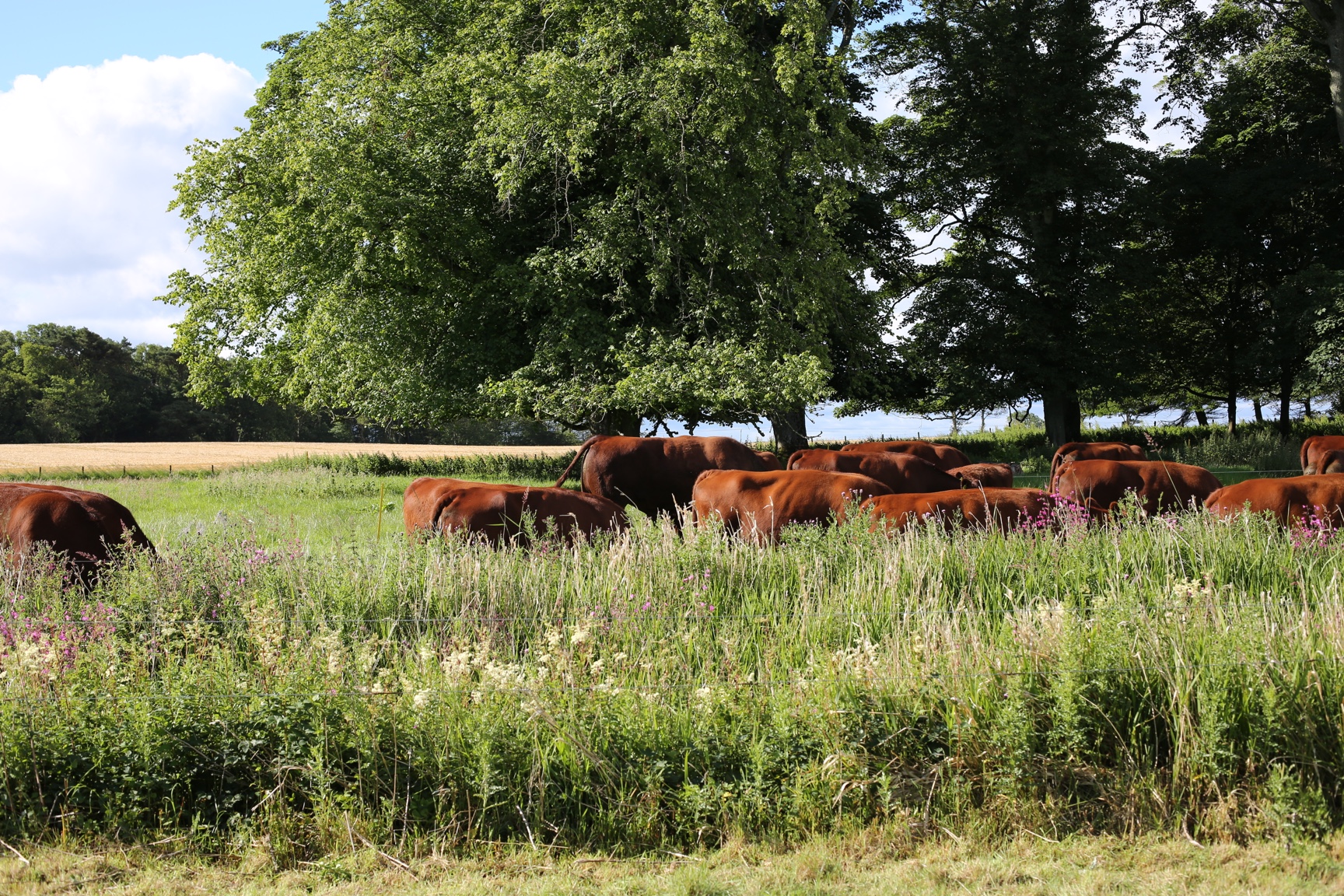
Why start mob grazing?
Farmers report that a mob grazing system leads to better soil health, healthier cattle, and lower costs. Learn more about the profitability, biodiversity, and animal health and performance benefits that other farmers have seen from mob grazing.
How to start mob grazing
Knowing where to start can be difficult, so we've put together some guidance on the infrastructure you need to get started (it's less than you might think!), how to assess your forage to plan paddock sizes and cattle moves, and what sort of time and labour is required in a mob grazing system.
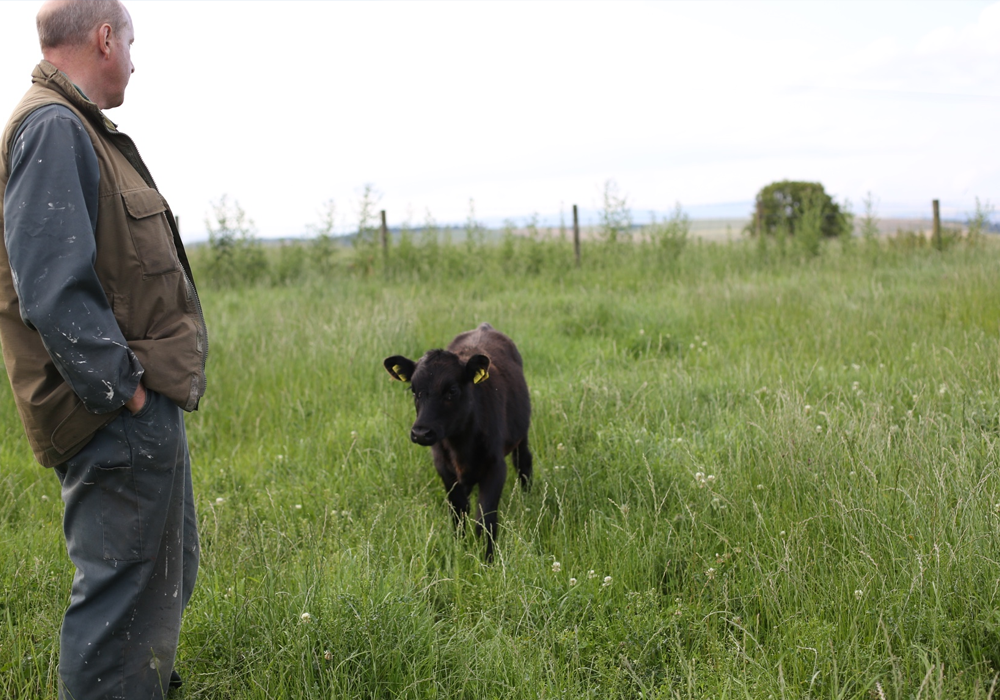
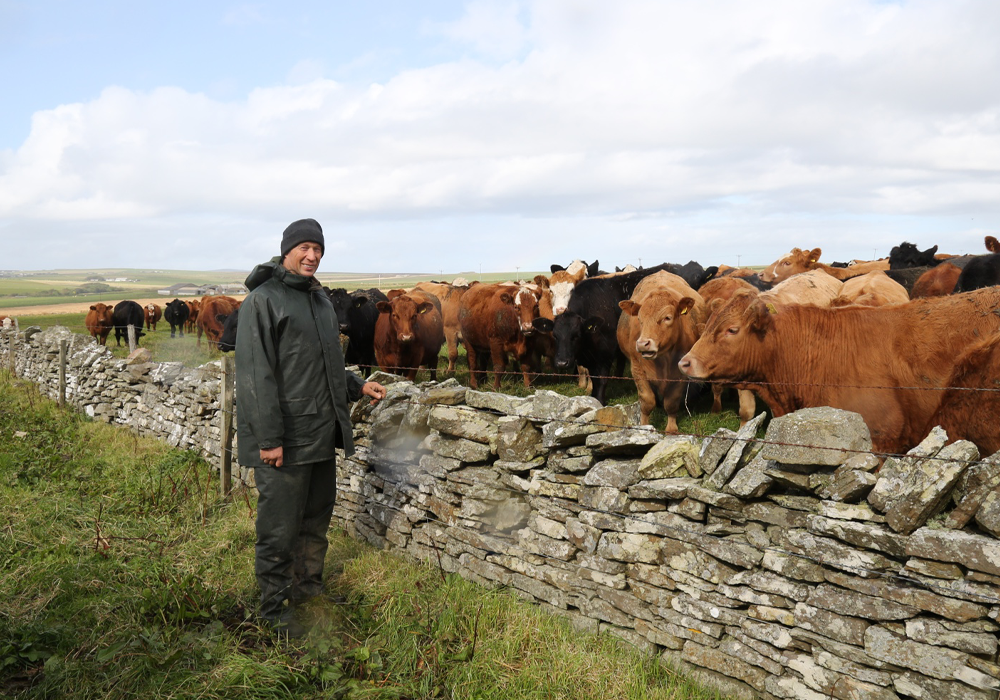
Who are the mob grazers?
Meet the farmers and crofters who have come together to explore the benefits mob grazing can have on their farms. The group members are all in different parts of Scotland, with different sized farms, at different stages of trying out mob grazing.
Want to hear more from other farmers who are already mob grazing?
We think that there are multiple benefits to mob grazing your sheep or cattle. But don't just take our word for it - below you'll find stories from farmers and crofters across Scotland who are already reaping the benefits of a mob grazing system.
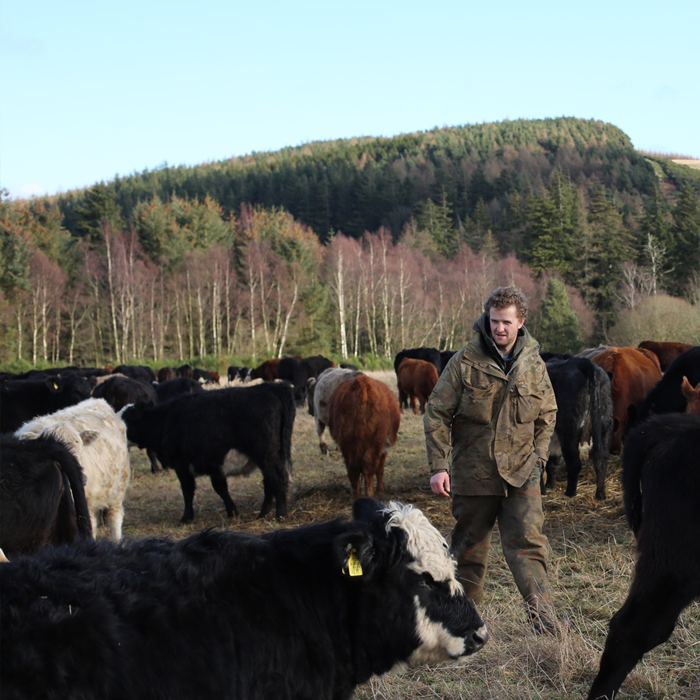
"It's been a transformation"
Farmer Tom Chapman, who manages 300 cattle at East Hall Farm in Hertfordshire, says mob grazing has led to hugely improved soil, healthier cattle and lower costs due to an extended grazing period, reduced inputs and lower vet bills.
How one farming couple starting mob grazing
James and Nikki Yoxall share how Soil Association Scotland's mob grazing field lab has been a great source of information and support as they started mob grazing their own herd.
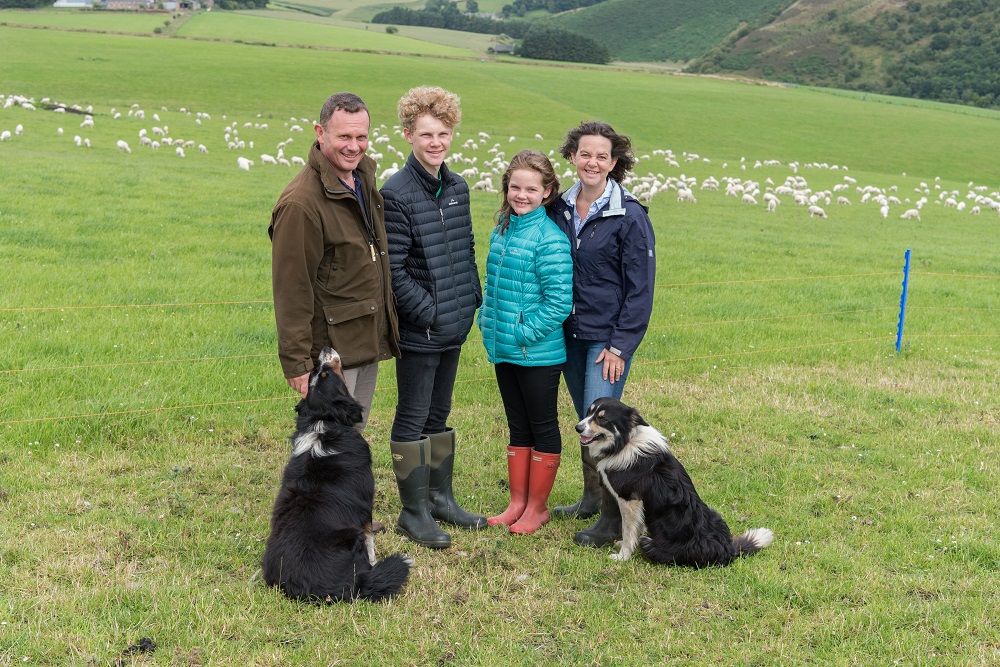
An output increase of almost 50%
Since 2014, Charley and Andrea Walker have grazed native breed stock on a rotational paddock system, moving them to fresh pasture every two to three days. As a result, they’ve seen increased growth of better quality pasture, plus an output increase of almost 50%.


